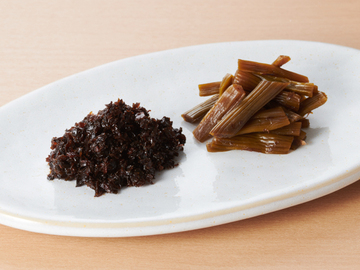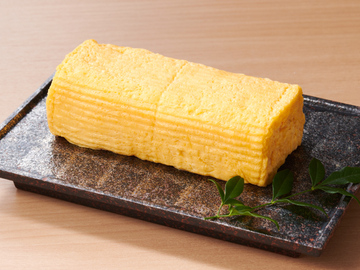Kyoto | Traditional Foods in Japan
Kyoto

Kyoto’s Food Culture Refined by Tradition and Climate
Kyoto Prefecture lies at the center of the Japanese archipelago. The Tango region at its northern end faces the Sea of Japan. Kyoto Prefecture is long and narrow from north to south, and the prefecture’s climate is divided by the Tamba Mountains at the heart of the prefecture into two types: the Japan Sea climate and the inland climate.
After the transfer of the capital from Nara to “Heian-kyo,” what is now Kyoto, in 794, Kyoto prospered as a political, cultural, and religious center. By the order of Emperor Kanmu, the Heian-kyo was constructed by improving not only the land transportation network but also the water transportation network. With bases established in Otsu on Lake Biwa and Yamazaki on the Yodo River, multitudes of cultures and goods flowed into Kyoto. They mixed with the local cultures of the nobility, samurai, and monks, and laid the foundation of the present Kyoto prefecture.
The food culture of Kyoto has developed and evolved together with these cultures.
Kyoto’s signature cuisine did not just emerge among the aristocracy and samurai; if we look at each region, we can see that a variety of food cultures have developed. These local cuisines convey various aspects of the ancient capital Kyoto, such as “Sea Kyoto,” “Forest Kyoto,” and “ Tea Kyoto.”
Traditional Foods in Kyoto
We will release them as soon as they are ready.

Traditional Foods in Kyoto

Contact
Food Cultures Office, Overseas Market Development and Food Cultures Division, Food Industry Affairs Bureau, Ministry of Agriculture, Forestry and Fisheries
Tel:+81-3-3502-5516
























